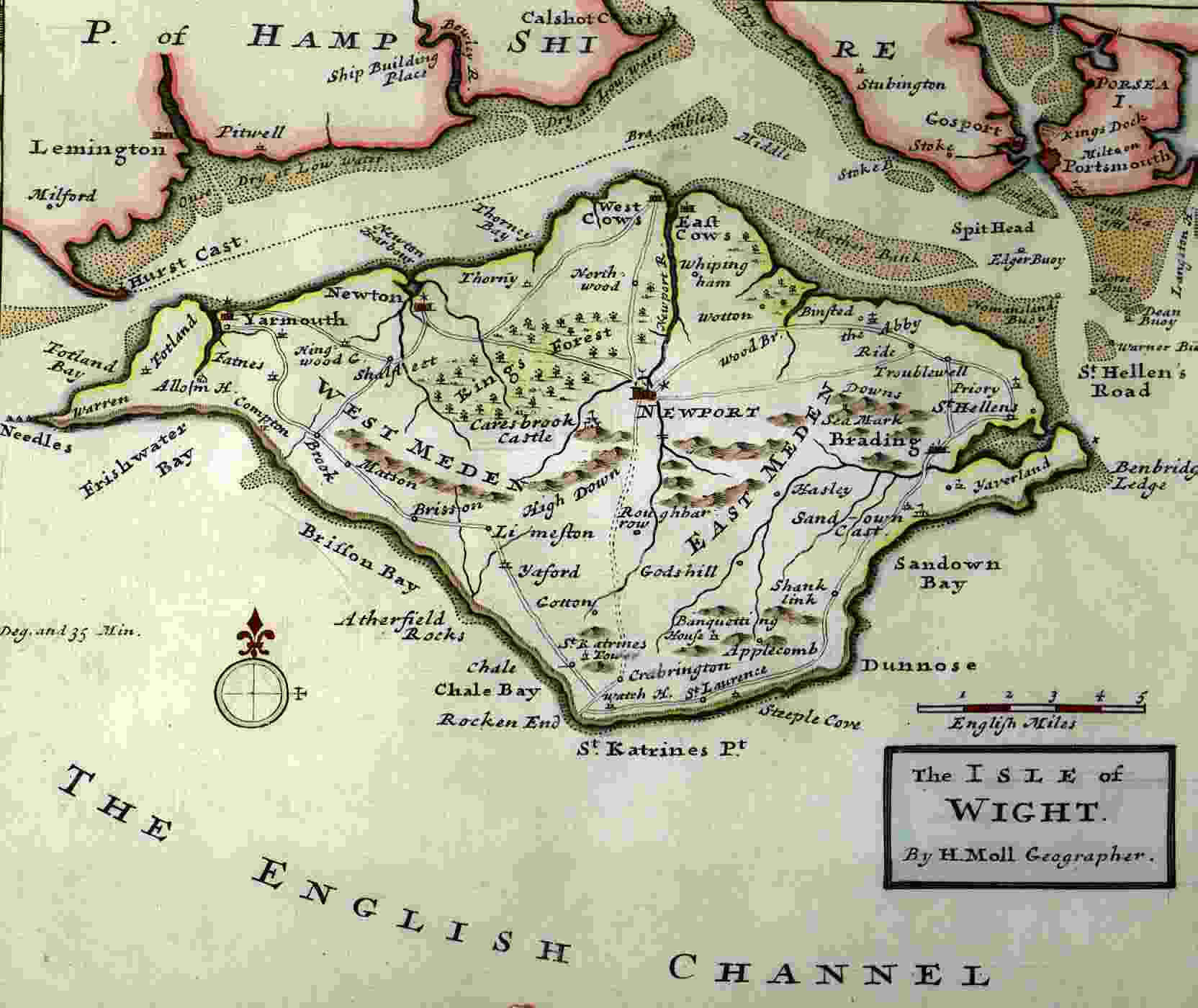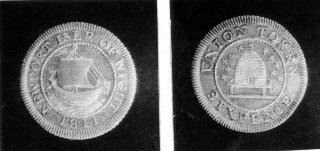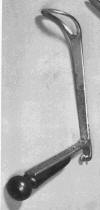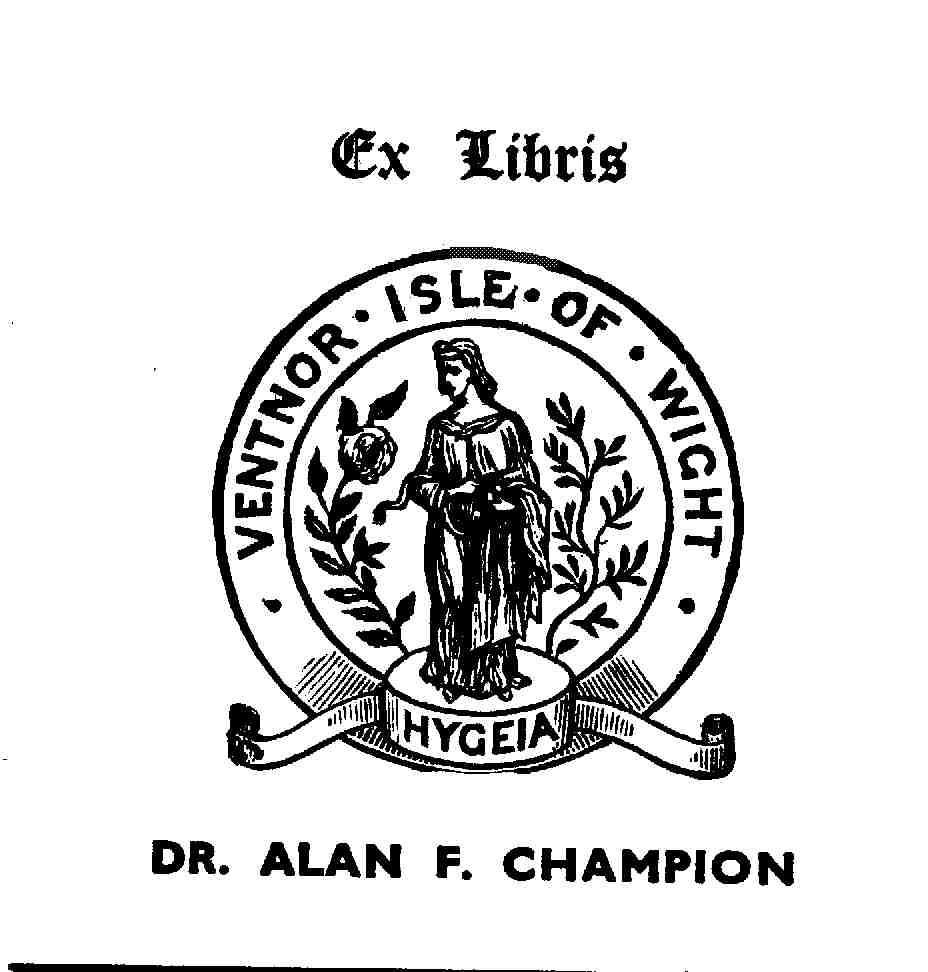
Welcome to my website.
Champion: Isle of Wight Enthusiast.
Books, Maps, Prints and History.

My name is Alan
Champion and I was a General Practitioner
in Ventnor on the Isle of Wight, U.K. I qualified
at King's College Hospital, London in 1953.
e-mail:
alan_champion@39springhill.freeserve.co.uk
I am interested in Isle of
Wight history and collect Isle of Wight books, maps, prints and other printed
material and have produced :
A
Checklist
of Isle of Wight Books and
other printed material.1551-1195. Ventnor:1996.
This is a database written in Microsoft Access and is available on a floppy disc and as a printout. (Copyright 1996).
The link above is to a Microsoft Excel file which allows you to browse or download the checklist. For an introduction, please read this.
It has also been extended and published as:
"Vectis." A Bibliographical Catalogue of Isle of Wight Books.
It is available in five volumes:
I. 1551-1850. 1997.
II. 1851-1900. 1998.
III. 1901-1950. 1998.
IV.1951-1995. 1998.
V. Maps and Prints. 1998.
It is illustrated with portraits and title pages. (Copyright 1997-9).
My other publications
include:
"I Remember, I Remember." Memoirs of two previous 'Undercliff ' inhabitants. Ventnor: 1989.
The first of these is, Old John Green, Parish Clerk of St Lawrence and you may read his notes in 'The Isle of Wight Mercury of 1890.
Old John Green Chronological notes
The other old inhabitant of the Undercliff, George Haynes tells his story in,
Castle Haven, Niton Undercliff.
"Isle of Wight Trade Tokens." An account of the unofficial coinage of the Island. Ventnor: 1994.(Copyright 1994)

For an explanation and to view some Island tokens try this link.
"Ventnor Doctors." Caring in a Seaside Town. Ventnor: 1996.
(Copyright 1996 )
Dr James Mann Williamson and Dr Carl Prausnitz Giles, have interesting stories.
"In an Undercliff Garden"
Gardens and Gardeners of the Undercliff.
Written with Ramon Downer. Ventnor: 1997.
(Copyright 1997)
_
"Houses by the Sea", Buildings of the Undercliff, Isle of Wight,1830-1890.
Illustrated with Cartes de Visite published by Fletcher Moor, circa 1860.
Written with Gill Wearing.2001.
Copies available at Ventnor Heritage Centre.
_
"Chale Abbey". Chale Manor Farm. 2001.
Sharon and Alan Champion.
(Copyright 2001)
_
"The Arcanum", A short account of the Obstetrics forceps. Ventnor: 2003.
"The Vectis", The History of the Obstetric Vectis.
Ventnor: 2003.

Saxtorph's folding Vectis. He was a Danish Obstetrician, 1740-1800.
_
You may also care to see : Molly Downer, The last of the Isle of Wight witches.
The Sailor's Ramble on the Isle of Wight, a poem by William Sharp Junior.
_
Two more items from the Isle of Wight Miscellany.1844, from the previously unpublished supplement:
New Pages
From Alan Champion.
Updated August 5th. 2005.
William Camden, antiquary and historian, published Britannia in 1586
which includes some Isle of Wight history.
-
Henrie Wriothesley. The Earl of Southampton,
Governor and Captain of the Isle of Wight, 1603-1625
-
The Vicar of Carisbrooke. 1634-1654.
Chale Manor Farm, Chale Abbey.
This Norman long hall was built in 1330.
Dr James Bruce Williamson was a General Practitioner in Ventnor.
He was the partner of Dr C. P. Giles and later of Dr Alan Champion. This is his obituary from the British Medical Journal and his photograph.
Try this link to see some of the antique medical instruments that Dr James Bruce Williamson donated to St Mary's Hospital. they are in the Oliviera Library.
_
Dr George Henry Roqué Dabbs. This is an account of the Shanklin doctor and his work.
_
This early engraving shows the Needle rock before it collapsed.
from The Isle of Wight, a poem, in three cantos.1871
This is the 2nd.edition ,No 172 in checklist. Reduced to 8vo.
_
Hygeia was adopted by Ventnor as a symbol of its health giving climate.
Hygeia - Goddess of Health. National Museum of Athens. Circa 360 BC
Hygeia was the daughter of Asclepios, the son of Apollo, who was the God of Healing. She, in turn, became the Greek Goddess of Health. The charming head of Hygeia originally comes from the remains of the temple of Athena, Alea, near Tegea. The architect and sculptor was Skopas; this great sculptor envisages the daughter of the healing god as a soother of human pain. As on the original, the fine detail has eroded as a result of its great age.
The logo was used by the Ventnor District Council and I have used it in my bookplate

An Account of a Pedestrian Tour in the Isle of Wight
during the summer of 1799.
From The Hampshire Repository, Vol. II. 1801._
You may be interested to read some
'Facets of Yarmouth, Isle of Wight, history'.
and
The Hide Family in Yarmouth in the 17th Century.
and
The Sandrock Chalybeate Spring.
St Catherine's oratory.
The Relationships between the families of Worsley, Tollemache and Hadfield in the Isle of Wight.
These early writers about the Island have interesting stories.
For more history of the Isle of Wight please try:
Gleanings from Isle of Wight History
This is based on a 'time line' in Philo Vectis ‘The Isle of Wight Tourist and Companion at Cowes.’
published in 1830.
and also
More Gleanings of Isle of Wight History.
This is based on my work, "Vectis".